Richard Harrington (1911, Hamburg, Germany–2005, Toronto)
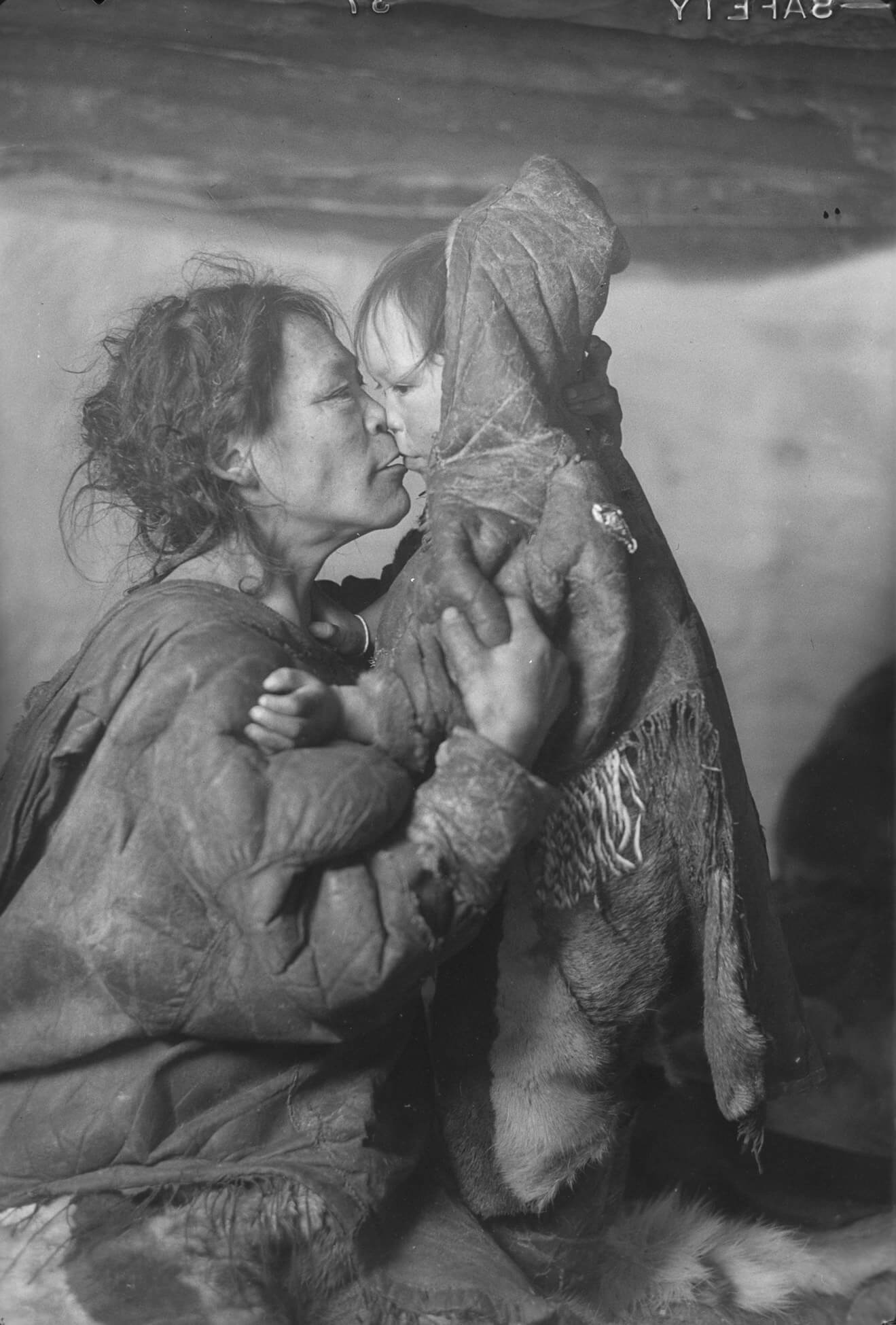
Padluk with one of her four children at Pipkaknak’s camp southwest of Padlei, N.W.T., c.February 1950
Gelatin silver print
Library and Archives Canada, Ottawa
Padluk with one of her four children at Pipkaknak’s camp southwest of Padlei, N.W.T. is one of the most famous photographs taken by Richard Harrington (1911–2005). The photographer is best known for his work in the Canadian Arctic, particularly the series taken in Padlei, a former community in what is now known as the Kivalliq Region of Nunavut. This poignant image of an Inuit mother and child nose to nose was one of three Padlei images that MoMA curator Edward Steichen (1879–1973) chose for his iconic travelling exhibition The Family of Man, 1955. Harrington would go on to take photographs around the world, but it is his photographs of Inuit that have earned him the most attention.
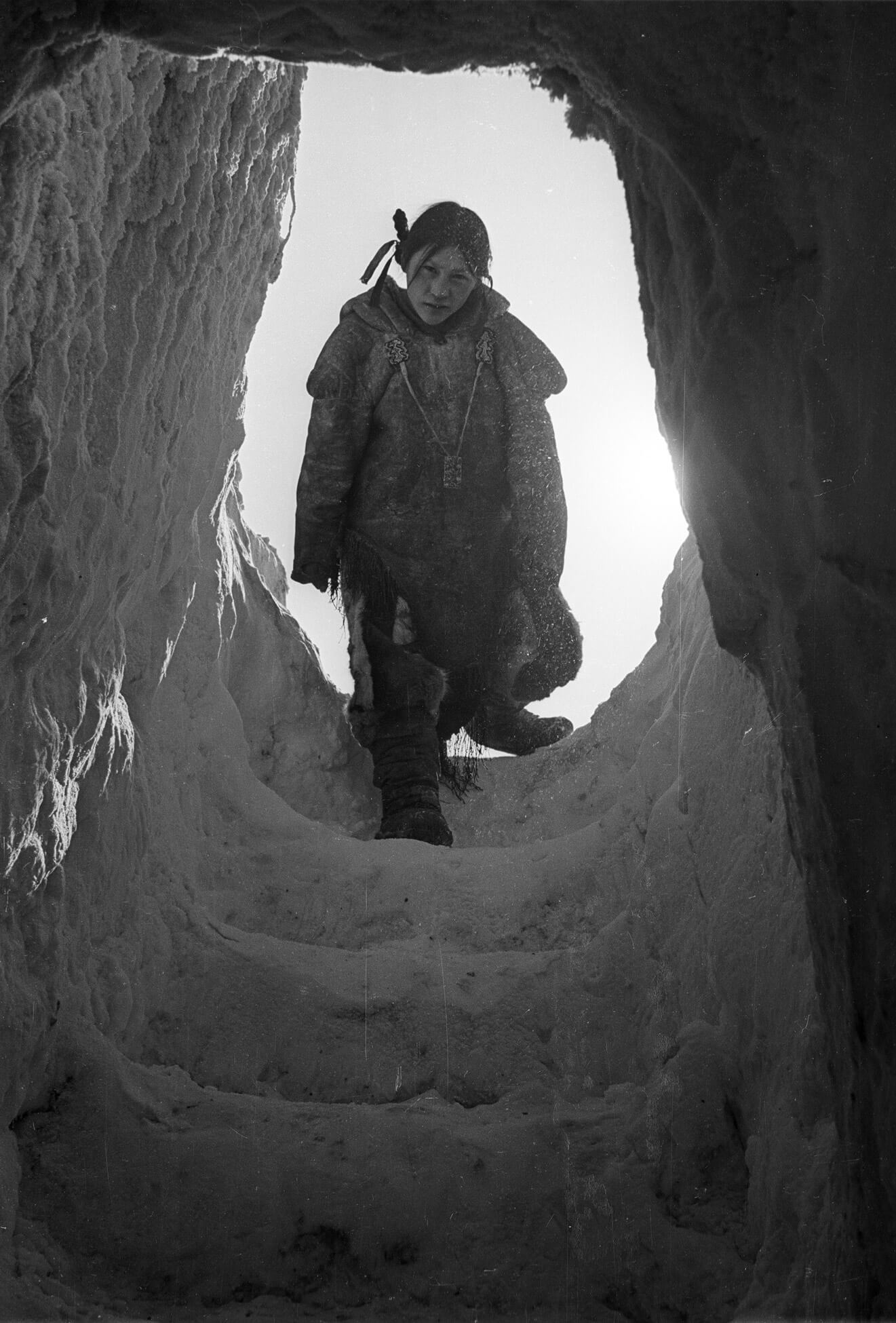
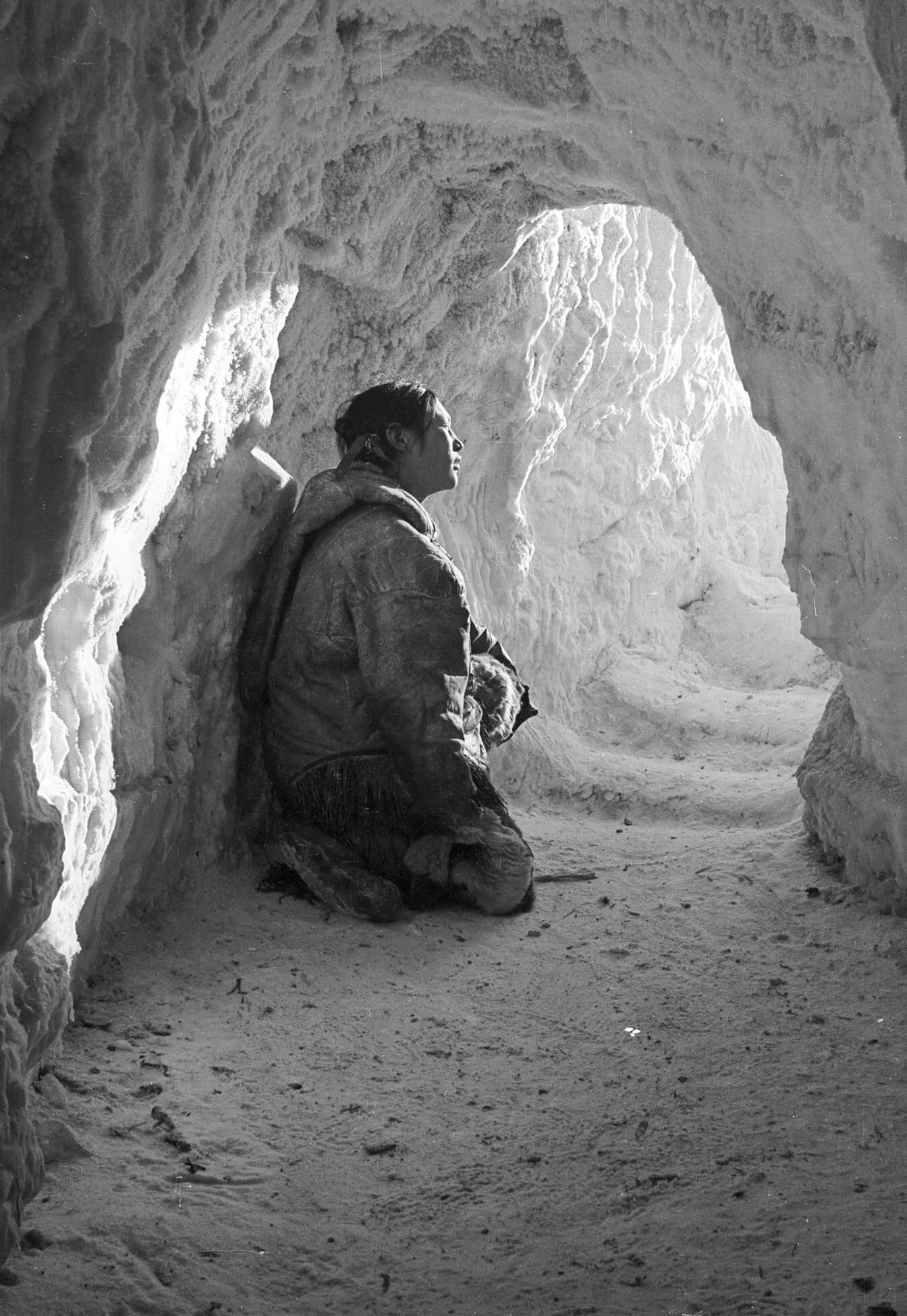
Harrington immigrated to Toronto from Germany as a teenager. He began work as an X-ray technician before turning to freelance photography to take assignments that followed Canadians abroad and around Canada. He was on assignment for LIFE magazine in 1950 when he learned that the people of Padlei were starving after a change in caribou migrations left them without their main source of food. In 1952, Harrington published an illustrated account of his travels in different Arctic communities. He sought to publicize the situations he observed and close-cropped his subjects to show their hunger and suffering. The American publication received a glowing review in the New York Times; however, the photographs were arguably more successful as aesthetic and affective images than as political tools.
Harrington was awarded the Order of Canada for his work in 2001, the same year his Northern photographs found new life as part of a Library and Archives Canada initiative called “Project Naming.” The project started with 500 of Harrington’s photographs that were taken in the communities of Igloolik (Iglulik), Kugluktuk (formerly Coppermine), Taloyoak (formerly Spence Bay), and Padlei. Inuit youth took digital copies to those communities and worked with Elders to identify three quarters of Harrington’s subjects.
In 2019, Inuit journalist Jordan Konek posted Harrington’s photograph of Konek’s grandmother at age seventeen descending the steep stairs of her family igloo near Arviat. The dramatically backlit image quickly went viral, prompting a series of articles and interviews. As Paul Seesequasis did with his photo archive project starting in 2017, Konek wanted to share historical images that testify to the strength, joy, and historical presence of Inuit. Although Konek’s grandmother was pleased that the image struck a chord, she recalled that Harrington “followed me everywhere I went… everywhere I went he was right there” taking photos.

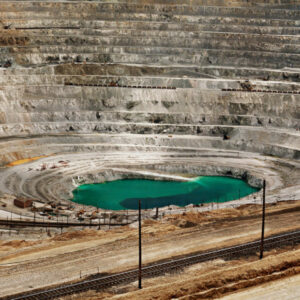 About the Authors
About the Authors
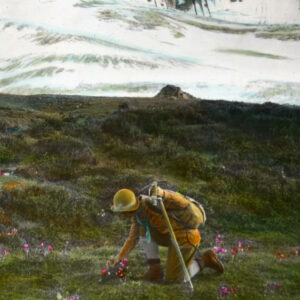 More Online Art Books
More Online Art Books
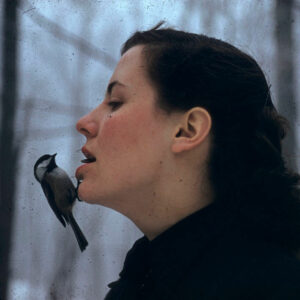 Acknowledgements
Acknowledgements